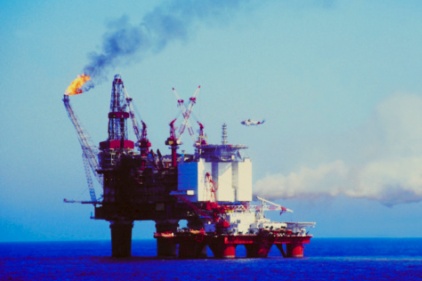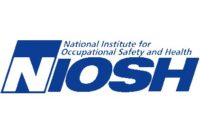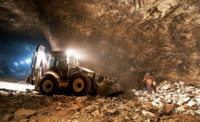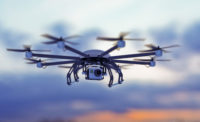The Coming EHS Capability Chasm in the Energy Industry

WEST ATLAS
In August 2009, there was a blowout and fire on a wellhead platform in the Montara field off Western Australia. The cantilever jackup, West Atlas, was operating over an adjacent well at the time but all 69 workers were safely evacuated. The well was eventually killed after leaking for 74 days.
DEEPWATER HORIZON
In April 2010, the blowout and subsequent explosion on the semi-submersible rig Deepwater Horizon, left eleven men dead and started an oil spill that would last for six months and vent 4.9 million barrels equivalent of oil over an area of 180,000 km².
FRADE
In November 2011, 3,000 barrels of oil leaked into the Atlantic from the majority Chevron-owned Frade field, in Brazil’s Northern Campos Basin. Although the leak itself was minor in scale, it has entrained a major legal battle between Chevron and the Brazilian government.
KOLSKAYA
In December 2011, the Kolskaya jack-up rig, owned by OAO Arktikmorneftegazrazvedka, capsized in the Sea of Okhotsk off Russia’s Sakhalin Island. The rig went down in a fierce storm claiming the lives of more than 50 drilling crew.
FUNIWA DEEP 1A
In January 2012, gas ignited on the Chevron-chartered jack-up KS Endeavor off the Nigerian coast, killing two workers and starting a fire that burned for 46 continuous days. The fire eventually blew out of its own accord despite the drilling of a relief well.
HSE: Maintaining The Know-How
All of the events above took place in the offshore arena. Nevertheless, heightened global awareness of HSE through these high-profile incidents has filtered through and across the industry to the MENA (Middle East) region, where the majority of hydrocarbon exploitation is carried out onshore.
One of the main concerns with regards to HSE in the Middle East is an industry-endemic problem: that of capability.
The baby-boomer generation (1946-65) will be hanging up its hard hats and hi-vis jackets in the next few years, and with their passing a wealth of millions of accumulated man hours of experience will also be exiting the building.
More than most industries, the oil and gas industry has been aware of the need to mitigate the creeping reality of “The Great Crew Change”, and has instituted thorough company-wide systems for knowledge management to retain the precious wisdom that only career-long savoir-faire can grant.
Despite enshrined frameworks for knowledge continuity and retention, the challenge is to present that repository of information to younger recruits in a fresh and engaging form, as well as offering the practical, on-site experience necessary to succeed in a demanding role.
Speaking with Rigzone, lecturer and safety expert, Dr Leon Robinson said: “We see many students here who are being trained for supervisory positions, but who have absolutely no rig experience."
To back this up, veteran drilling safety expert, Bill Rehm, remarked: “The problem is that the supervisors, engineers (and regulators) do not have the basic knowledge of the field practice. Hence, while hours of safety training are required, few in the training business, and less of the management, understand the actual practice.”
For the last two decades the international oil industry has been proactively venturing out into the secondary and tertiary education sectors to proselytise to the engineers, drillers and roughnecks of the future.
While it is doubtless good sense to recruit at the earliest possible juncture in the formative life of a young adult, a newly-graduated petroleum engineer with a textbook and best-practice webinar series will not be able to fill the shoes of an imminently-retiring 64 year-old with years of hands-on experience.
So how best to make sure the next generation of HSE professionals are in place and up to scratch? We’d love you to join the debate here
Looking for a reprint of this article?
From high-res PDFs to custom plaques, order your copy today!






